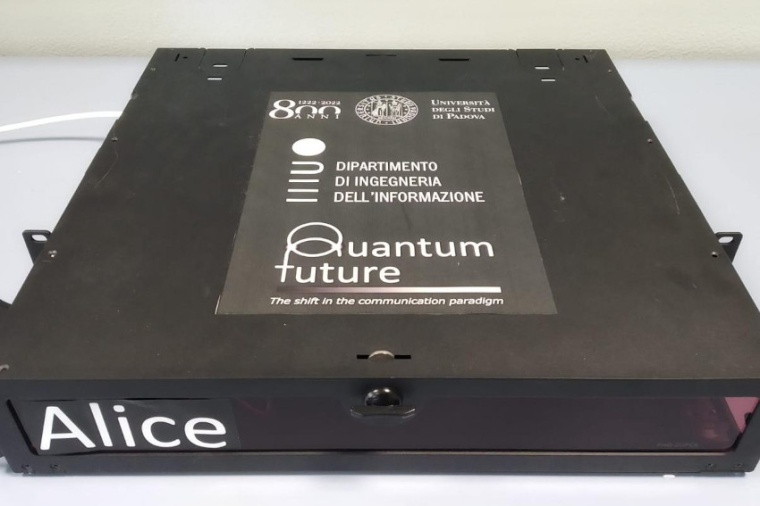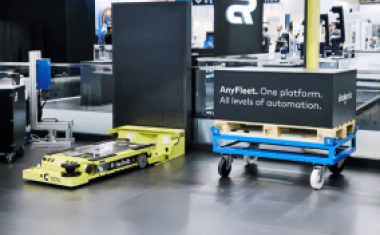Quantum encryption goes out of the lab
Field trial shows simple QKD system works with existing telecommunication network.
In a new study, researchers demonstrate an automated, easy-to-operate quantum key distribution (QKD) system using the fiber network in the city of Padua, Italy. The field test represents an important step toward implementing this highly secure quantum communication technology using the type of communication networks already in place in many regions around the world. QKD offers impenetrable encryption for data communication because it uses the quantum properties of light to generate secure random keys for encrypting and decrypting data.

“QKD can be useful in any situation where security is paramount because it offers unconditional security for the key exchange process,” said Marco Avesani from Università degli Studi di Padova in Italy. “It can be used to encrypt and authenticate health data sent between hospitals or money transfers among banks, for example.” The researchers led by Paolo Villoresi and Giuseppe Vallone report that their simple system is stable over time and can generate quantum-secure cryptographic keys at sustained rates over a standard telecommunications infrastructure. “QKD systems usually require a complex stabilization system and additional dedicated synchronization hardware,” said Avesani. “We developed a complete QKD system that can be directly interfaced with standard telecommunications equipment and doesn’t require additional hardware for synchronization. The system fits easily into the rack enclosures commonly found in server rooms.”
To produce the quantum states required by QKD, the researchers developed a new encoder for manipulating the polarization of single photons. The encoder, which the researchers call iPOGNAC, provides a fixed and stable polarization reference that doesn’t require frequent recalibration. This feature is also advantageous for free-space and satellite quantum communication, where recalibrations are hard to perform. “Because of the technology we developed, the source was ready to produce quantum states when we moved our system from the lab to the location of the field trial,” said Calderaro. “We didn’t have to perform the slow, and often prone-to-failure, alignment procedure required for most QKD systems.”
The researchers also developed a new synchronization algorithm, which they call Qubit4Sync, to synchronize the machines of the two QKD users. Rather than using dedicated additional hardware and an added frequency channel for synchronization, the new system uses software and the same optical signals being used for QKD. This makes the system smaller, cheaper, and easier to integrate into an existing optical network. To test the new system, the researchers brought their two QKD terminals to two university buildings roughly 3.4 kilometers apart in different sections of Padua. They connected the systems to two underground optical fibers that are part of the university’s communication network. These fibers supported the quantum channel carrying qubits and the classical channel needed to transfer ancillary information.
“The field trial was successful,” said Foletto. “We showed that our simple system can produce secret keys at speeds of kilobits per second and that it works outside of the laboratory with little human intervention. It was also easy and quick to install.” In a public demonstration, the researchers used their setup to enable a quantum-secured video call between the Rector of the University of Padua and the Director of the Mathematics Department. The researchers note that the system’s performance is comparable to other commercial QKD systems in terms of secret key generation rate while also having fewer components and being easier to integrate into an existing fiber network.
They are working to reduce the size of the detection apparatus and to make the system more robust to noise from other light traveling in the same fiber. The effort to develop a complete and autonomous QKD system led to the creation of the spin-off company ThinkQuantum, which is working to commercialize this technology. (Source: OSA)
Link: Dept. of Information Engineering, Università degli Studi di Padova, Padova, Italy











